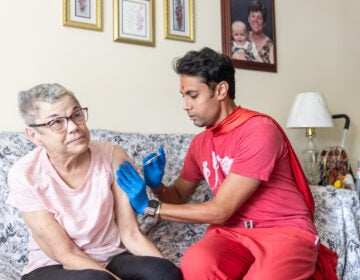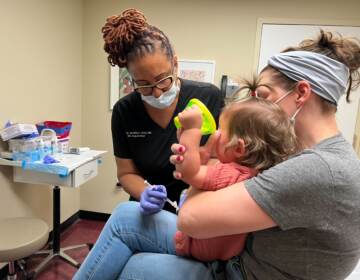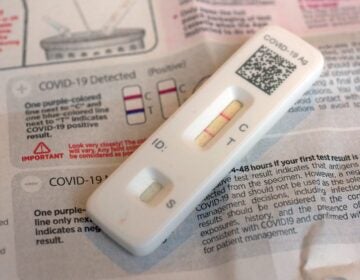It’s time to recalculate your COVID ‘risk budget’. Here’s how
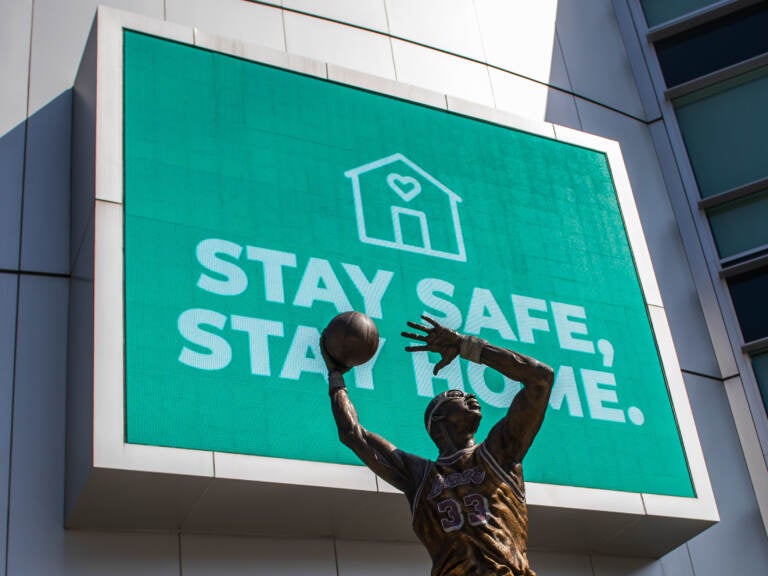
Do we still need to "stay home" to stay safe? (Apu Gomes/AFP via Getty Images)
After two years of this pandemic, we’ve gotten the hang of a few things, like wearing a mask in crowds and washing our hands frequently.
Vaccines and boosters are here. Testing is more available — though rapid tests can still be hard to find in some parts of the country.
And yet, the vastly more infectious omicron variant has thrown our COVID routines into disarray. The situation seems to change so fast it’s hard to figure out which activities are safe on any given day.
It might be time to draw up a new “risk budget,” according to Leana Wen, an emergency physician and public health professor at George Washington University.
Weighing the risk and reward
Wen says the idea is to think about risk as being cumulative.
“A lot of people may have this misunderstanding that if they’re doing one thing that’s risky when it comes to COVID, that they might as well let down their guard and do everything else, when actually, it’s quite the opposite.”
Think of it like a regular budget: you only have a certain amount of risk to spend, so choose the things you want to prioritize.
“When you choose one thing that’s of high value to you, perhaps you should actually be reducing the other aspects of risk in your life,” Wen said. “For example, a family reunion flying across the country and seeing relatives that you haven’t seen for two years … doesn’t mean that you should also be going to bars and nightclubs.”
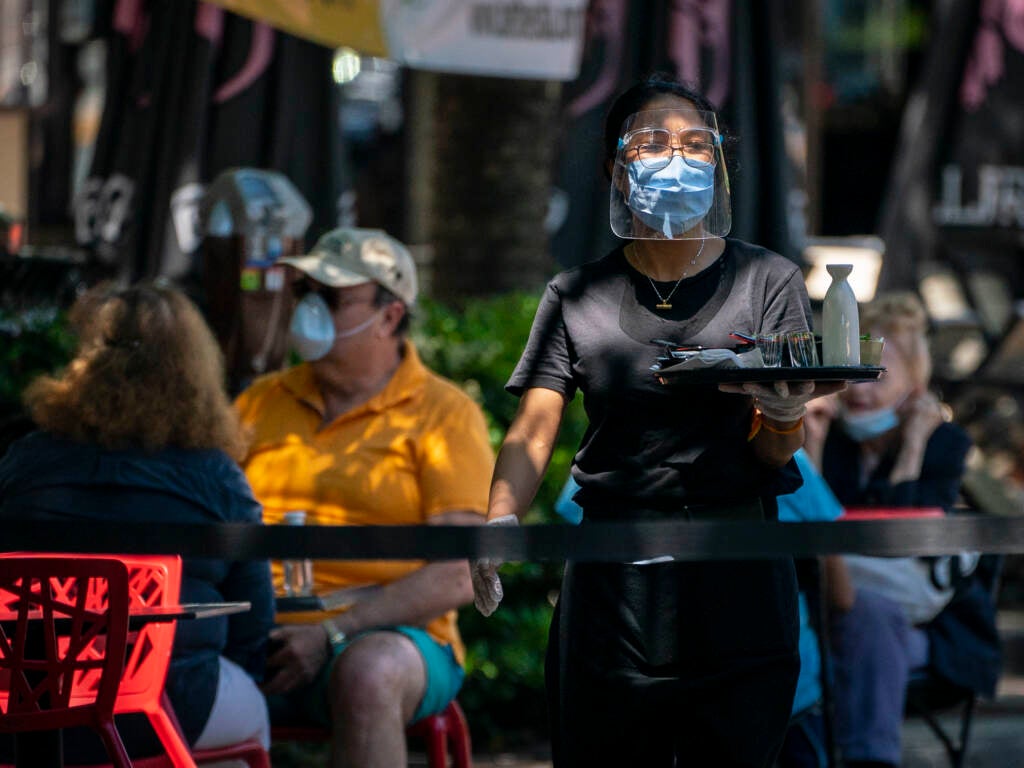
A person’s risk budget comes down to their own circumstances, Wen said. Someone who is fully vaccinated and boosted and has no people in their life who are at higher risk from COVID (like children under five, or those who are immunocompromised) may feel more comfortable going to the gym or an indoor restaurant.
But someone with a chronic illness will have a more limited risk budget.
So how do you calculate this risk?
Part of the difficulty in creating your own budget, however, is that humans aren’t particularly good at calculating risk when things are in flux.
“That is why this is a particularly dangerous time,” says Gaurav Suri, a computational neuroscientist at San Francisco State University who studies how humans make decisions.
“Humans are tuned to making decisions around stability. We are not used to rapid changes in the context around us. And it takes time to adjust to this.”
Humans also have a habit of letting other factors cloud decisions, so not every choice is based on reason and rationale.
“Emotions, habits, other motivations, certainly enter into the picture. And so when we think about our decisions during this time, I think it’s good to acknowledge the exhaustion that many people are feeling,” Suri said.
His advice: take time to immerse yourself in this new context, acknowledge the emotions you are feeling, and accept there is still come risk.
Once those things are done, he said you will have a better chance of making an informed choice on risk.
“That allows this value-maximizing, utility-maximizing part of our decision making to come to the fore,” Suri said.
From existential threat to manageable risk
Both Suri and Wen stress that accepting risk does not mean seeking out a COVID infection.
“Just getting COVID and exposing yourself to it, basically having a chicken pox party, if you will, that’s not the best thing that we should be doing,” Wen said. “I understand where this is coming from, because people are so exhausted, we’re now entering year three of this pandemic.”
“[But] there are real consequences. There’s the possibility of long COVID. Also, you have the potential of spreading it to others.”
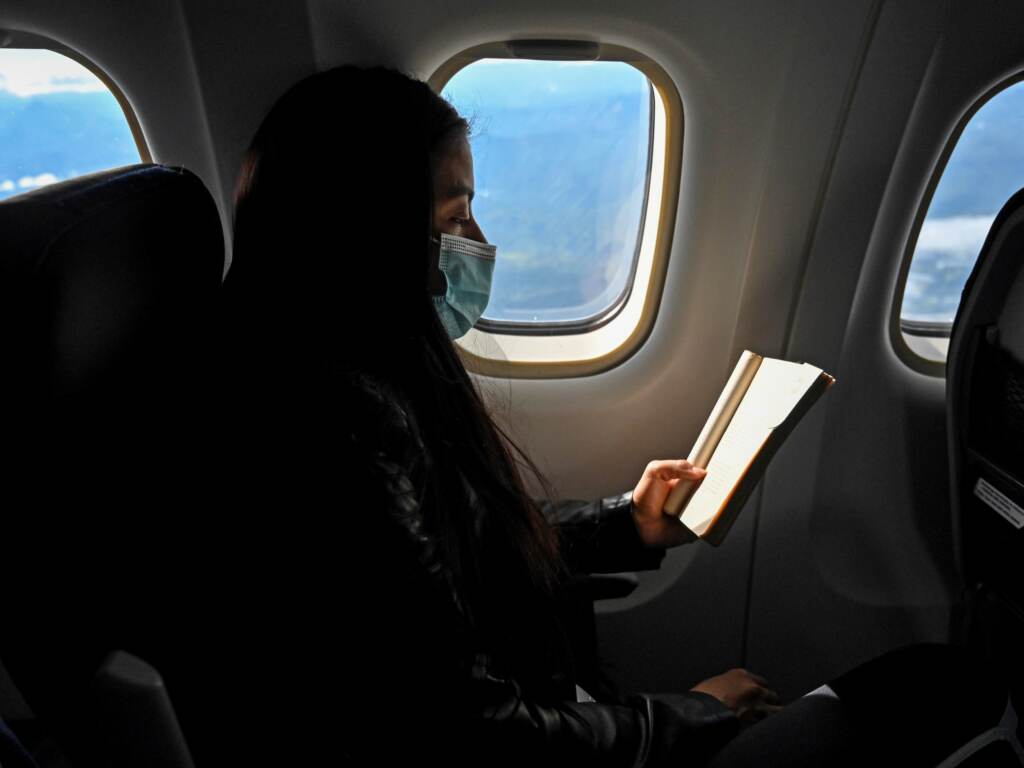
Suri agrees, and says there is a different way of thinking about it.
“The decision facing us is, should I take the adequate measures to protect myself the best I can, continue doing the things that I want to do? And I think there are reasonable answers to that particular question,” Suri said.
And, he adds, people can take comfort in the fact we are in a better place and the risks for most people are objectively less than they were a year ago.
“The new challenge is to acknowledge the risk that exists, acknowledge the exhaustion that we have, and then adjust to it so that we make it through this coming risky period,” he said.
It’s a sentiment Wen supports.
“I believe that the end of the pandemic is in sight. And by the end of the pandemic, I don’t mean that COVID-19 is going to go away,” she said. “But, rather, that we’ll able to turn COVID from an existential emergency into something that we’re able to cope with and … that the majority of us will be able to live with it, so that it is a minor annoyance in our lives rather than something that we have to base all of our decisions around.”
9(MDAzMzI1ODY3MDEyMzkzOTE3NjIxNDg3MQ001))


![CoronavirusPandemic_1024x512[1]](https://whyy.org/wp-content/uploads/2020/03/CoronavirusPandemic_1024x5121-300x150.jpg)
